Nicolas Bolduc CSC sur la cinématographie de 13 jours, 13 nuits
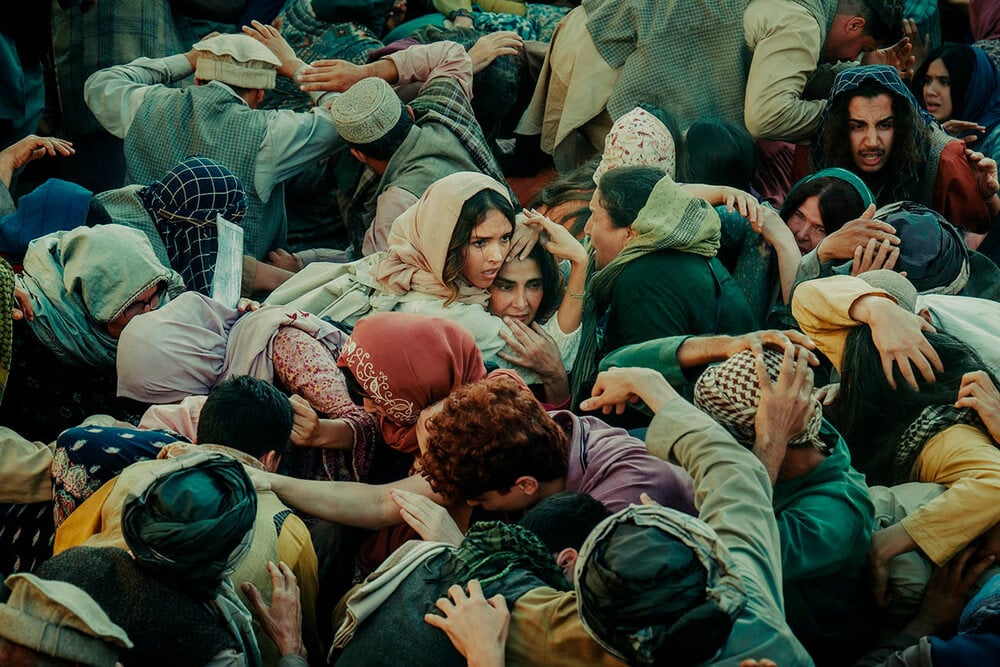
Se déroulant en plein retrait des États-Unis d'Afghanistan en août 2021, le drame 13 jours, 13 nuits du réalisateur Martin Bourboulon suit le commandant Mohamed « Mo » Bida (Roschdy Zem) et son équipe alors qu'ils sécurisent l'ambassade de France à Kaboul et sillonnent le territoire contrôlé par les Talibans pour évacuer les 500 occupants, luttant pour préserver l'humanité au milieu du chaos. Le directeur de la photographie Nicolas Bolduc, CSC, a contribué à l'élaboration du langage visuel du film en utilisant une approche alliant style documentaire et techniques délibérées pour faire monter la tension au fil des jours. Nicolas Bolduc s'est associé à Panavision Paris, choisissant des objectifs anamorphiques de la Série C et une caméra Panavised Alexa 35 pour capturer à la fois la dure réalité de Kaboul et la tension psychologique des personnages. Dans l'entretien qui suit, le directeur de la photographie évoque les références qui ont façonné sa vision, explique pourquoi le tournage à l'épaule n'était pas toujours le bon choix et souligne l'importance cruciale d'une collaboration efficace.
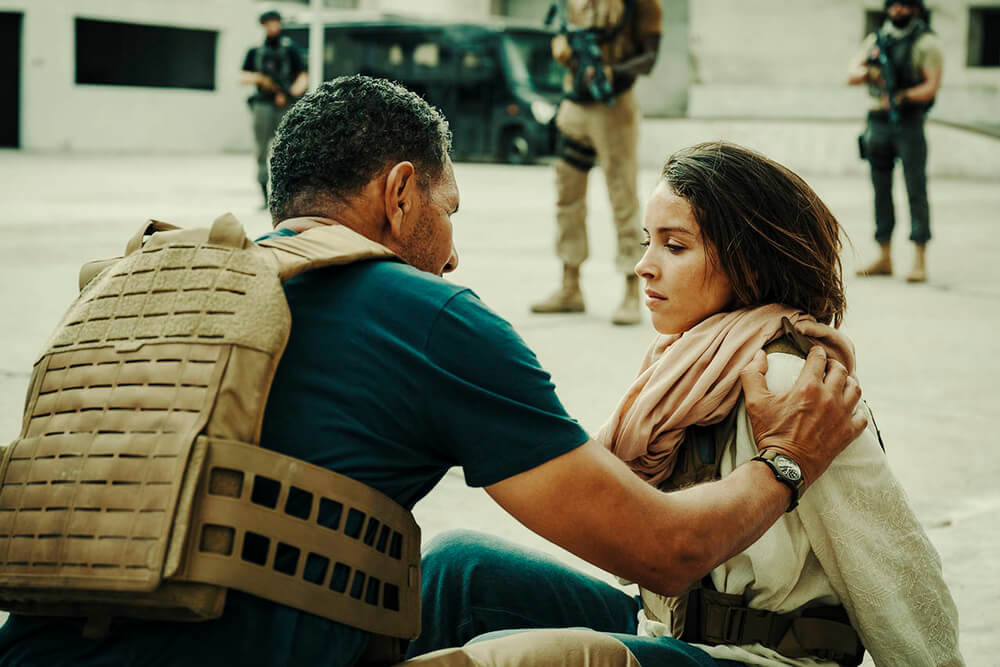
Panavision : Comment avez-vous été impliqué dans le projet et comment décririez-vous le look du film ?
Nicolas Bolduc CSC : Premièrement, les vraies discussions que j’ai eues avec Martin Bourboulon au sujet du film étaient d’ordre moral. Nous voulions fabriquer un film qui représente l’Afghanistan le plus fidèlement possible, sans trahir la perception de la crise humanitaire. Nous sommes donc partis avec ces quelques préceptes qui nous ont guidés, pour ne pas faire un film où la forme dominerait le fond. Il était important de faire quelque chose de classique mais, tout de même grandiose, jamais trop « m’as-tu-vu », ni télévisuel.
Il y a eu tellement de films et de séries TV se déroulant au Moyen-Orient que nous voulions éviter le look jaune, très sableux et poussiéreux. Nous voulions à tout prix éviter la caméra à l’épaule, à la manière de Paul Greengrass, de manière nerveuse, mais plutôt laisser les protagonistes nous guider. Nous souhaitions rester dans le point de vue de Mo (Roschdy Zem) tout au long du film. Il était donc important que la caméra soit immersive, mais tout de même sobre. Je pense qu’il n’y a que cinq ou six plans à l’épaule dans le film. Nous nous sommes plutôt investis à construire l’univers de manière classique, au dolly, à la grue et au steadicam.
Y a-t-il des références visuelles particulières qui vous ont inspiré ?
Nos inspirations venaient davantage de Sicario de Denis Villeneuve ou des films des frères Coen, plutôt que des films se passant au Moyen-Orient. Nous voulions justement rester sobres et élégants pour créer de la tension dans l’image. C’était un film dur, mais filmé de manière élégante.
C’était très important pour nous de rester collés aux deux personnages principaux — Roschdy Zem et Lyna Khoudri — et de filmer l’ampleur de la catastrophe humanitaire sans tomber dans un spectacle racoleur. L’ampleur des scènes de foule nous permettait de filmer la misère humaine d’une manière qui affecte notre perception de ce type d’événement.
J’ai eu beaucoup de discussions avec Martin sur la manière d’aborder les foules. Inévitablement, il fallait créer un peu de cinéma lorsqu’on filmait ces scènes, mais nous ne voulions pas que cela vire au style hollywoodien. Je pense que les scènes de foule sont spectaculaires, justement parce qu'il fallait montrer à quel point la fragilité humaine est immense. Il ne s'agissait pas simplement de 1,000 ou 2,000 personnes entassées devant les portes, mais de 200,000 à 300,000 individus. Il était donc crucial de créer un chaos visuel devant l'ambassade.
Tout ce qui se passe à l’intérieur de l’ambassade est volontairement claustrophobe et fermé : on voit très peu le ciel. Dès qu’on entre dans l’ambassade, on est enfermé entre les murs. C’était un leitmotiv dans le film. Comme dans la scène du convoi quittant l’ambassade pour se rendre à l’aéroport — une longue séquence —, les Talibans arrêtent le convoi, fouillent tout le monde, etc. Lors des repérages, nous avons découvert un tunnel à Casablanca qui reliait deux lieux, et nous nous sommes dit qu’il serait intéressant que le convoi soit arrêté là, renforçant ainsi l’effet de piège. Plus le convoi s’approchait de l’aéroport, plus les espaces s’ouvraient, on voyait davantage le ciel — comme si la liberté se dessinait devant eux. Nous avons donc tenté de rendre le début du film le plus claustrophobe possible.
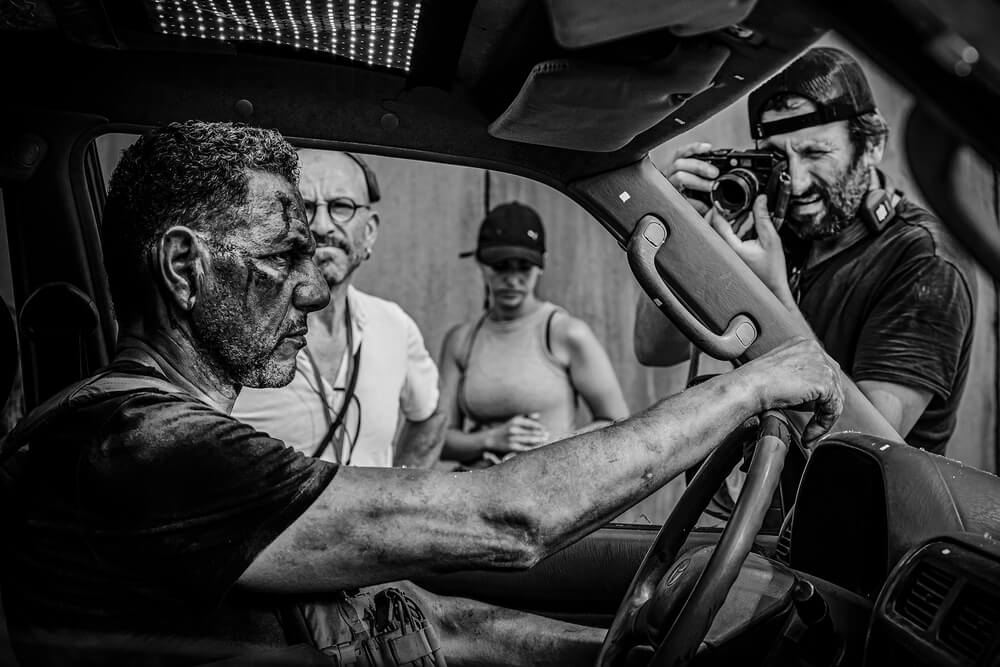
Qu'est-ce qui vous a amené chez Panavision pour ce projet, et qu'est-ce qui vous a attiré dans les objectifs spécifiques que vous avez choisis ?
Pour moi, le choix d’aller chez Panavision était évident. J’ai utilisé plusieurs objectifs anamorphiques dans ma carrière, mais je reviens toujours à ce que je considère être la crème de la crème des objectifs cinéma. Depuis La belle époque en 2018, je tourne presque exclusivement avec les objectifs Série C de Panavision. Ces optiques sont magiques et correspondent parfaitement à ma manière d’aborder le cinéma. Ils offrent un rendu rond, sans distorsion. Le piqué est bien présent, mais les carnations gardent une certaine douceur. Les longues et courtes focales se marient magnifiquement bien. Donc pour moi, retourner vers Panavision allait de soi. Je sais même que mes futurs films s’orienteront dans cette direction, peut-être par habitude, mais aussi parce que j’ai désormais du mal à tourner avec autre chose.
Ces objectifs Série C ne sont pas simplement des outils, ils donnent tout un sens à la création pour moi. Peut-être ai-je été trop influencé par les films des années 70-80 qui utilisaient ce type d’objectifs, mais pour moi, dès qu’on utilise une Série C, c’est immédiatement du cinéma. Panavision me soutient depuis plusieurs années et il me donne envie de continuer à faire du cinéma tel que je l’ai toujours rêvé depuis l’enfance.
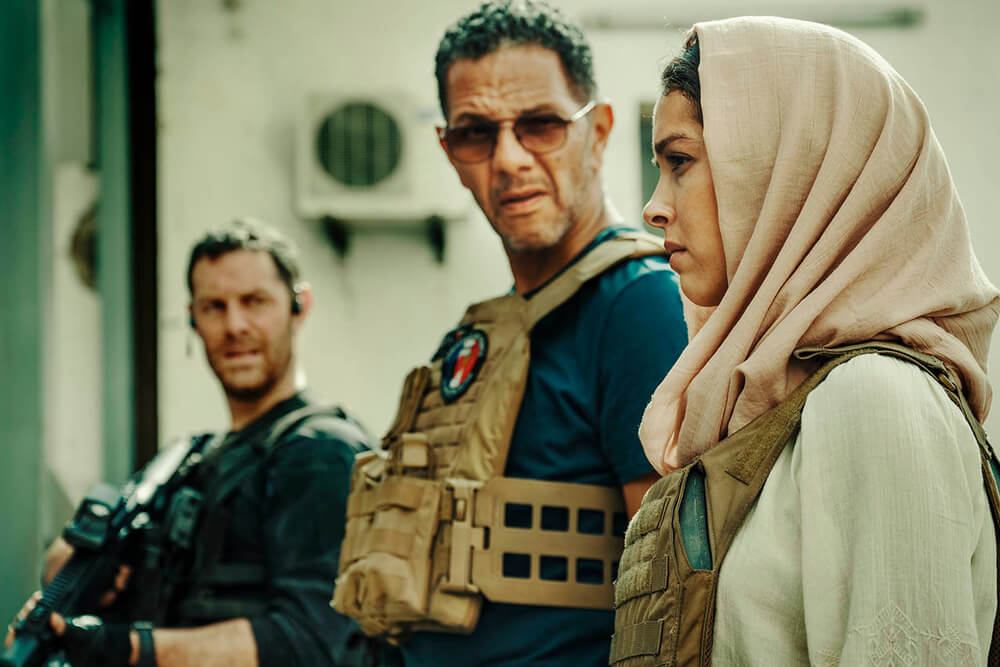
Qu’est-ce qui vous a poussé à devenir directeur de la photographie et qu’est-ce qui vous inspire aujourd’hui ?
Je suis devenu directeur de la photographie un peu malgré moi. À l’école, et juste après, je voulais réaliser. J’avais l’impression que la réalisation était le but ultime. Mais je me suis vite rendu compte que je n’avais ni la patience, ni l’envie de porter un projet pendant des années sans filmer. Ce que j’aimais le plus, c’était d’être sur un plateau, entouré d’équipes, d’acteurs, de collaborations.
Très rapidement, on m’a demandé mes services comme directeur de la photo. Je pense que mon enthousiasme était peut-être contagieux, mais aussi parce que j’ai toujours vu le cinéma comme un tout. Je n’ai jamais vu de cloisonnements entre les postes : pour moi, un chef décorateur, un chef costumier, un chef électricien — tout le monde est un cinéaste. Nous avons tous une vision, un désir commun de raconter une histoire dans la vision d’un réalisateur ou d’une réalisatrice.
C’est pour cela que je n’ai jamais arrêté de faire du cinéma à ma manière : en choisissant mes projets, en vivant des expériences et des aventures aux côtés de réalisateurs et réalisatrices inspiré(e)s, qui donnent envie de partir à l’aventure avec eux pour raconter une histoire.
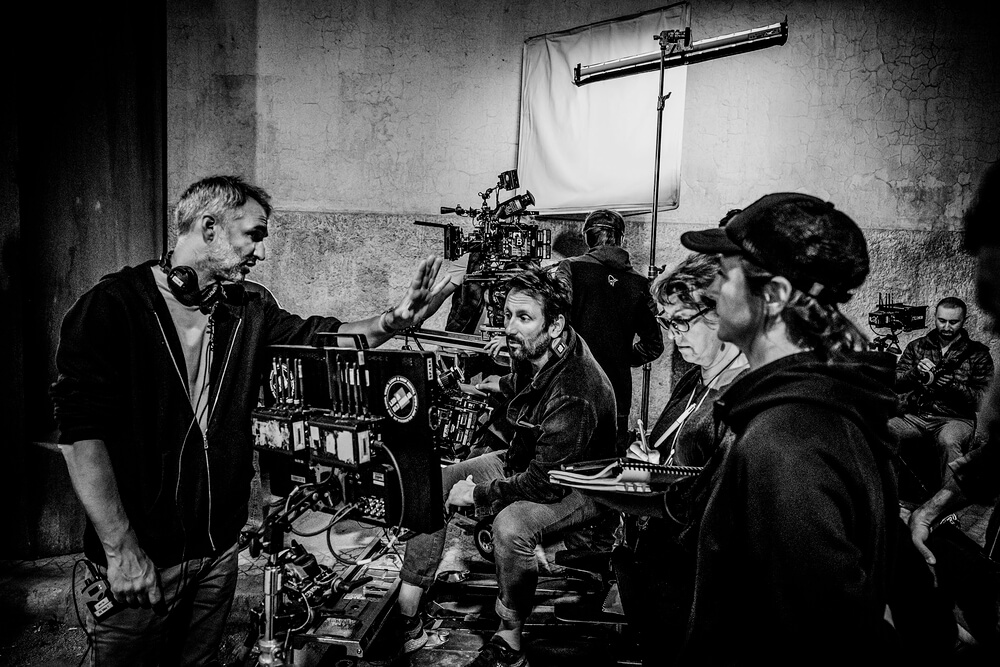
Images gracieusement offertes par Jérôme Prébois.
